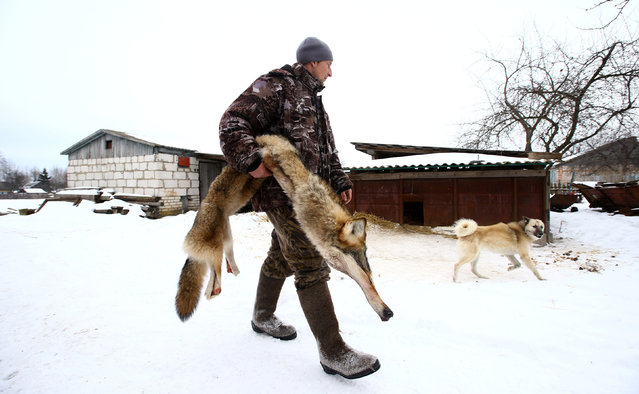
Three girls weep after they view a memorial for the rapper XXXTentacion, Wednesday, June 27, 2018, in Sunrise, Fla. The rapper was gunned down in a luxury sports car last week. (Photo by Brynn Anderson/AP Photo)
29 Jun 2018 08:59:00,post received
0 comments







